It was one of the most dramatic moments in the history of the twentieth century. On September 2, 1945, World War II was coming to an end. A Japanese delegation had boarded the USS Missouri to sign the official “Instrument of Surrender” to the Allies. The document was only eight paragraphs long, but then again, it didn’t have a large number of negotiated clauses or compromises. The money paragraph said it all: Japan agreed to “unconditional surrender to the Allied Powers.” Signing for the Japanese—they went first—were Foreign Minister Mamoru Shigemitsu and General Yoshijiro Umezu, Chief of the Army General Staff. There were those present who swear they saw Umezu’s military aides weeping as their boss signed the document.
Now it was the turn of the victors. The Supreme Commander of the Allied Forces, General Douglas MacArthur, approached the table bearing the document. Arrayed around him were the crew of the Missouri, and a horde of aides, adjutants, and staff officers, not to mention delegates from the other Allied nations, including China, the United Kingdom, the USSR, France, Australia, Canada, the Netherlands, and New Zealand: the very men who had played the key roles in laying Japan low. Triumphant military power was in evidence everywhere you looked. More than 250 warships were at anchor in Tokyo Bay, and soon the sky would be filled with US aircraft, as over 450 carrier planes from the US 3rd Fleet passed in formation overhead, followed by US Army Air Force B-29 bombers.
General Jonathan Wainwright and Lieutenant General Arthur Percival stand behind General Douglas MacArthur as the latter signs the Japanese Instrument of Surrender on September 2, 1945 aboard the USS Missouri. Courtesy of the US Department of Defense.
But for all the people, pomp, and power, this was MacArthur’s day. Mac’s entire career had displayed a sense of the theatrical, as if he were playing a role foreordained by destiny. Consider: on the deck of the Missouri that day were two special US flags. One was the flag that was flying over the US Capitol on December 7th, 1941; the other the flag from the USS Powhatan, the flagship of Commodore Matthew Perry’s expedition to “open” Japan in 1854—the event that had brought Japan into the modern world. MacArthur also fussed over who would be standing where, the arrangement of the ships, the precise timing of the flyover. All these were typical of his persona, equal parts military genius and arrogance, a combination that drove many of his subordinates (and even the occasional US president) to distraction, but which were also integral to his talent for operational planning and command. With Mac, you had to accept both.
But there was one moment in the surrender which was particularly striking. As the moment came to play his appointed role and accept Japan’s surrender on behalf of the United Nations, Mac did an unusual thing. He invited two men to share in his big moment.
“Will General Percival and General Wainwright step forward and accompany me while I sign?”
General Douglas MacArthur
The two came forward. Percival was British, the commander of fortress Singapore during those early, awful months of the Pacific War when the Japanese were running rampant. He had made the call to surrender Singapore to the Japanese in February 1942. Wainwright was an American, and the gods of war had been equally cruel to him. He’d been the man holding the fort at Corregidor in the Philippines after MacArthur departed the islands. After surrendering his force in May 1942, Wainwright went into Japanese captivity. Both he and Percival spent the rest of the war at a special camp at Hsian in Japanese-occupied Manchuria. An OSS team had arrived in Hsian in August and freed them just weeks previously. Both men were notably emaciated, as anyone would be, after years in Japanese captivity.
MacArthur greets a gaunt Wainwright after the latter's release from Japanese captivity in August 1945. US Army photograph.
They now stood behind MacArthur as he signed the surrender document with his usual flourish. And signed it again. And again. He eventually signed it five times: five pens. He kept one, gave one to the US Military Academy at West Point, and a third to the US Naval Academy in Annapolis, MD. That left two: one for Percival and one for Wainwright. In a sense, and it’s clear he knew this, MacArthur was not only signing an official document, he was also erasing those early months of the war, when it looked like Japan could not be stopped, and all seemed lost.
Percival and Wainwright were the embodiment of those times: good men, called upon to command in hopeless causes. Both of them had done their duty, and both had earned no disgrace. Even the physical evidence of their suffering lent them a certain undeniable dignity. Like the countries they represented, they had weathered the defeats and the bad times and had endured. Seventy-five years after the fact, there is something particularly satisfying about seeing them standing there. They were, and remain, witnesses to World War II, first to the heartbreaking defeats, and finally to the Allied victory.
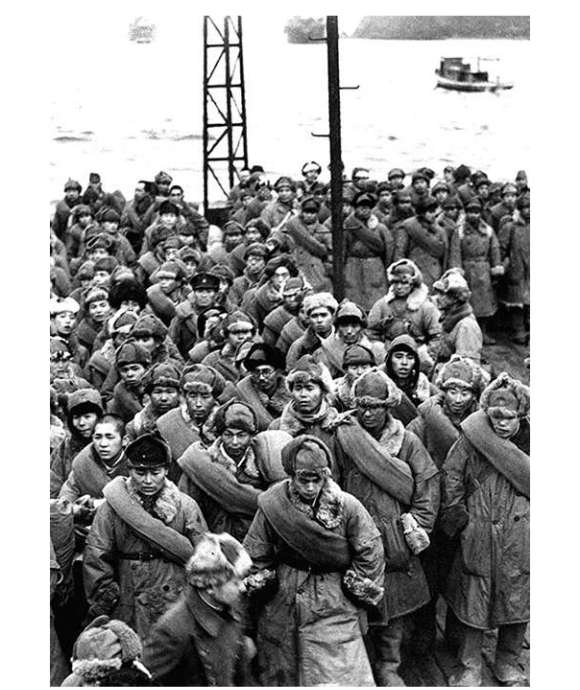
The Fate of Japanese POWs in Soviet Captivity
The Soviets inflicted terrible brutality on their Japanese captives.
This article is part of an ongoing series commemorating the 75th anniversary of the end of World War II made possible by Bank of America.
Robert Citino, PhD
Robert Citino, PhD, is the former Samuel Zemurray Stone Senior Historian in the Jenny Craig Institute for the Study of War and Democracy.
Cite this article:
MLA Citation:
APA Citation:
Chicago Style Citation:
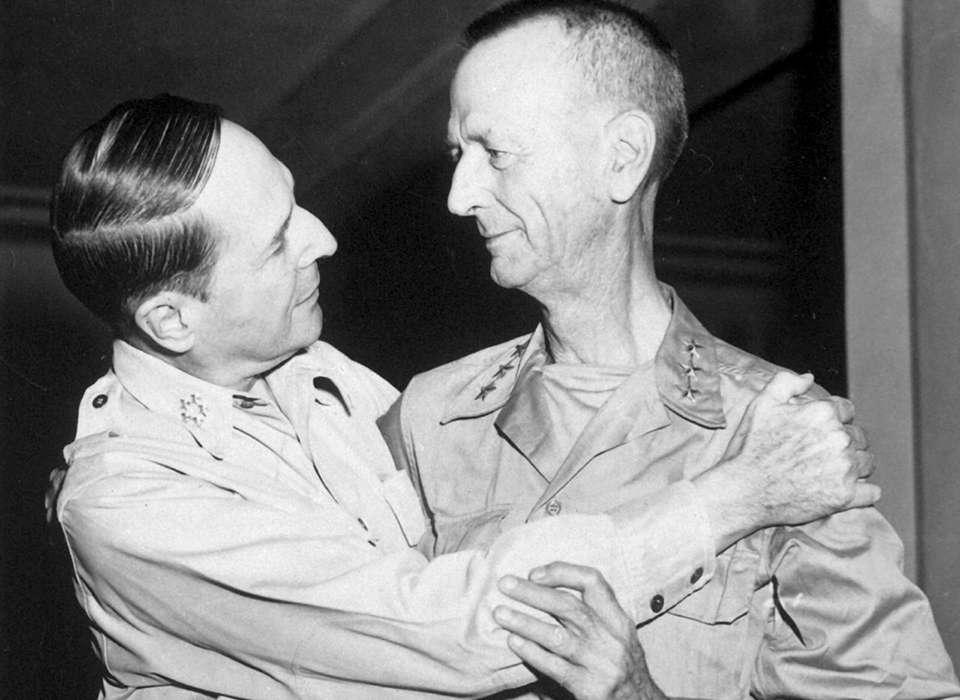
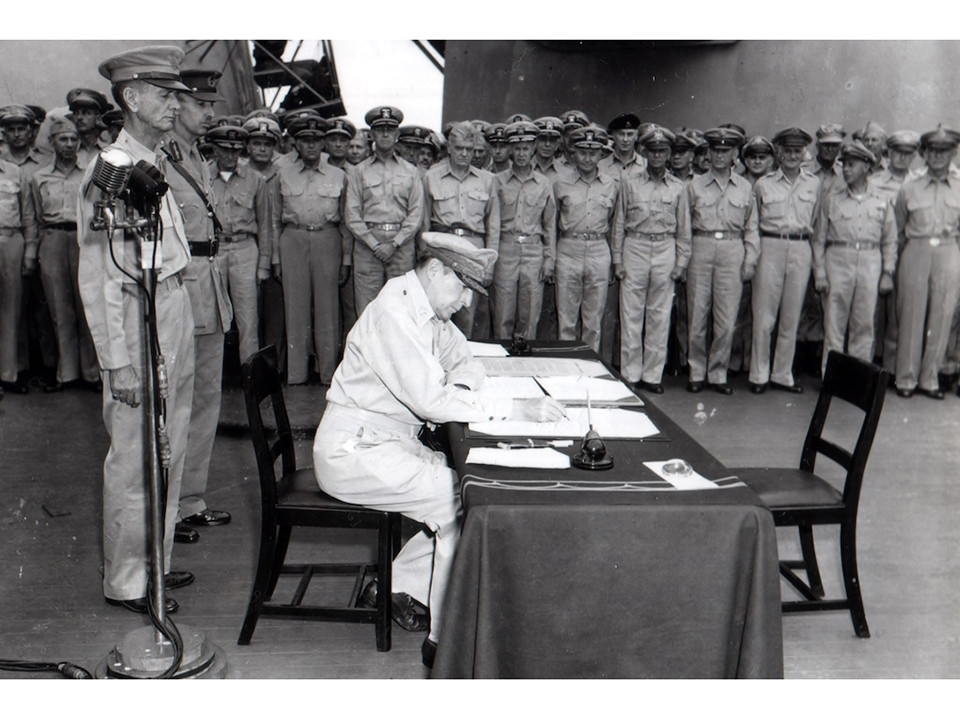
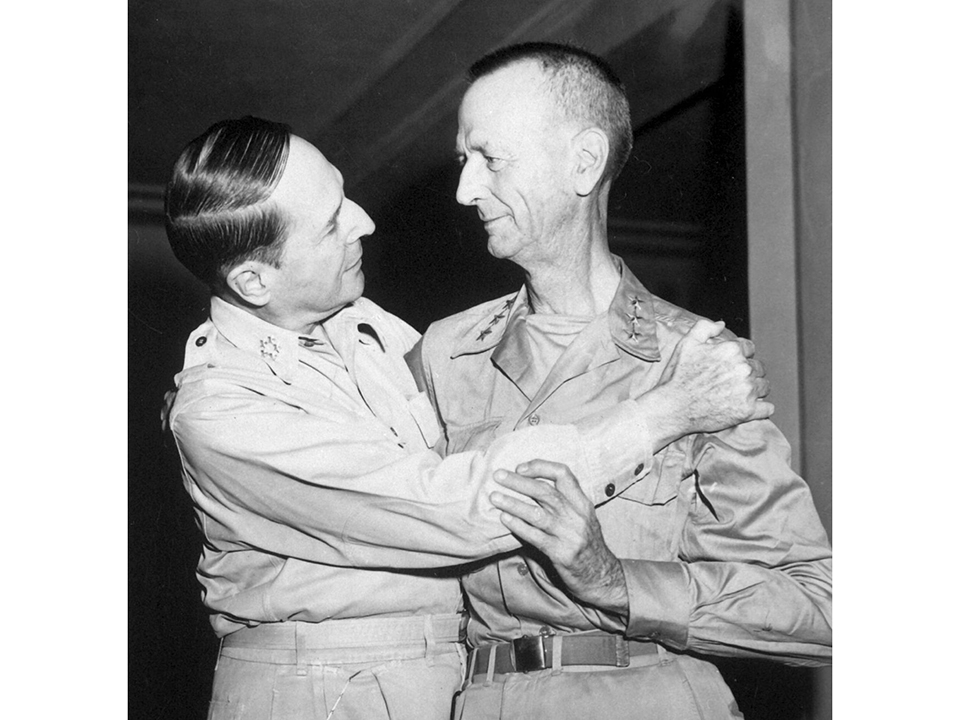

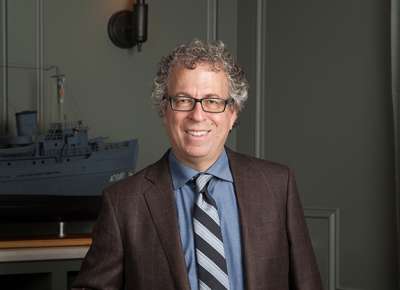





![Max Fuchs, New York City cantor, sings as Rabbi Sydney [sic] Lefkowitz, Richmond, VA, conducts the first Jewish services from Germany.](/sites/default/files/styles/max_650x650/public/2025-10/image1.jpg)

